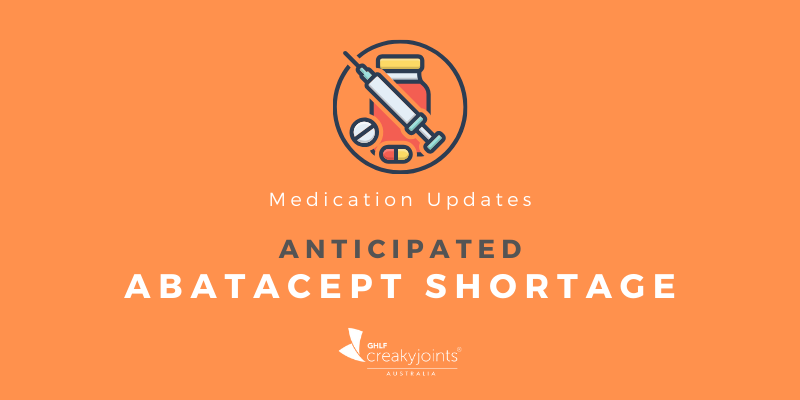Rheumatoid Arthritis Remission
What It Means to Be in Remission
If your physician tells you that your RA is in remission… first of all, congratulations! That’s the goal of your RA treatment plan.
What is remission?
Remission means that your disease activity score is below a certain point. This score is based on several pieces of information that your doctor will collect from you:
- Answers to a questionnaire about your levels of pain, activity, and mobility
- Examining 28 of your joints to see how tender, sore, or stiff they are
- Lab tests, like blood tests, that measure levels of inflammation in your body — things like C-reactive protein (CRP)
Your doctor will look at all of your test results to come up with your disease activity level. There is no one “correct” tool to say you’re in remission or you’re not there yet. Your doctor’s or nurse’s judgment always comes first. Just because you have a certain test result doesn’t mean that your RA isn’t still active. And just because you feel great and can do tasks you couldn’t do before you started your treatments — like wash the car or weed the garden — doesn’t mean that your inflammation isn’t still a problem.
What happens when you hit that goal and reach remission?
The general recommendation for people in remission is that your doctor taper your medication dosage down to a smaller level, but not take you off RA treatment altogether. “Tapering” is carefully defined in RA: “Scaling back therapy one medication at a time (reducing dose or dosing frequency).” How soon and how quickly you begin tapering is different for each individual. It may take months or even years before tapering is right for you.
So your doctor may cut down on how much of one of the RA drugs you take, or cut back on how many times you take it per week or month. If you take more than one drug, your doctor can then taper the others one at a time.
Tapering can have a lot of benefits for you. You may not have to take as many pills or shots or infusions as you once did. You may not have to fill as many prescriptions or deal with as many drug co-pays. You may not have as many side effects from your treatments, because your dosages are lower.
But you won’t stop taking arthritis drugs altogether in most cases. Because if you do, your inflammation could come back. And as you taper your treatments, your doctor will watch your disease activity to make sure the new approach is working for you.
Any decision about your treatment plan once you’re in remission should be made with your values and preferences in mind. You and your doctor should have a conversation to go over all of your options so you can try to stay in remission and cut down on your risk of a flare.
The information in these guidelines should never replace the information and advice from your treating physician. It is meant to inform the discussion that you have with healthcare professionals, as well as others who play a role in your care and well being.





